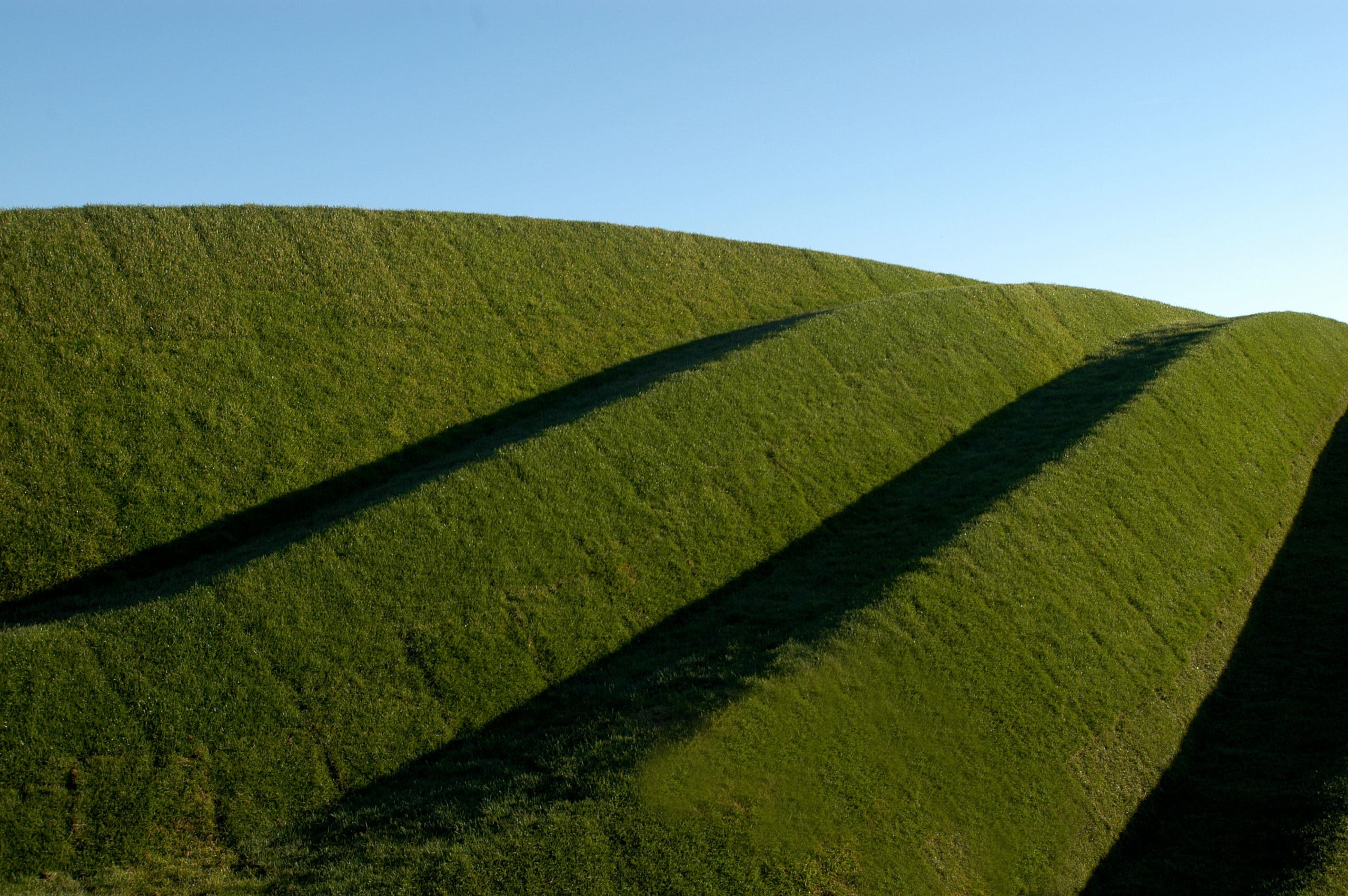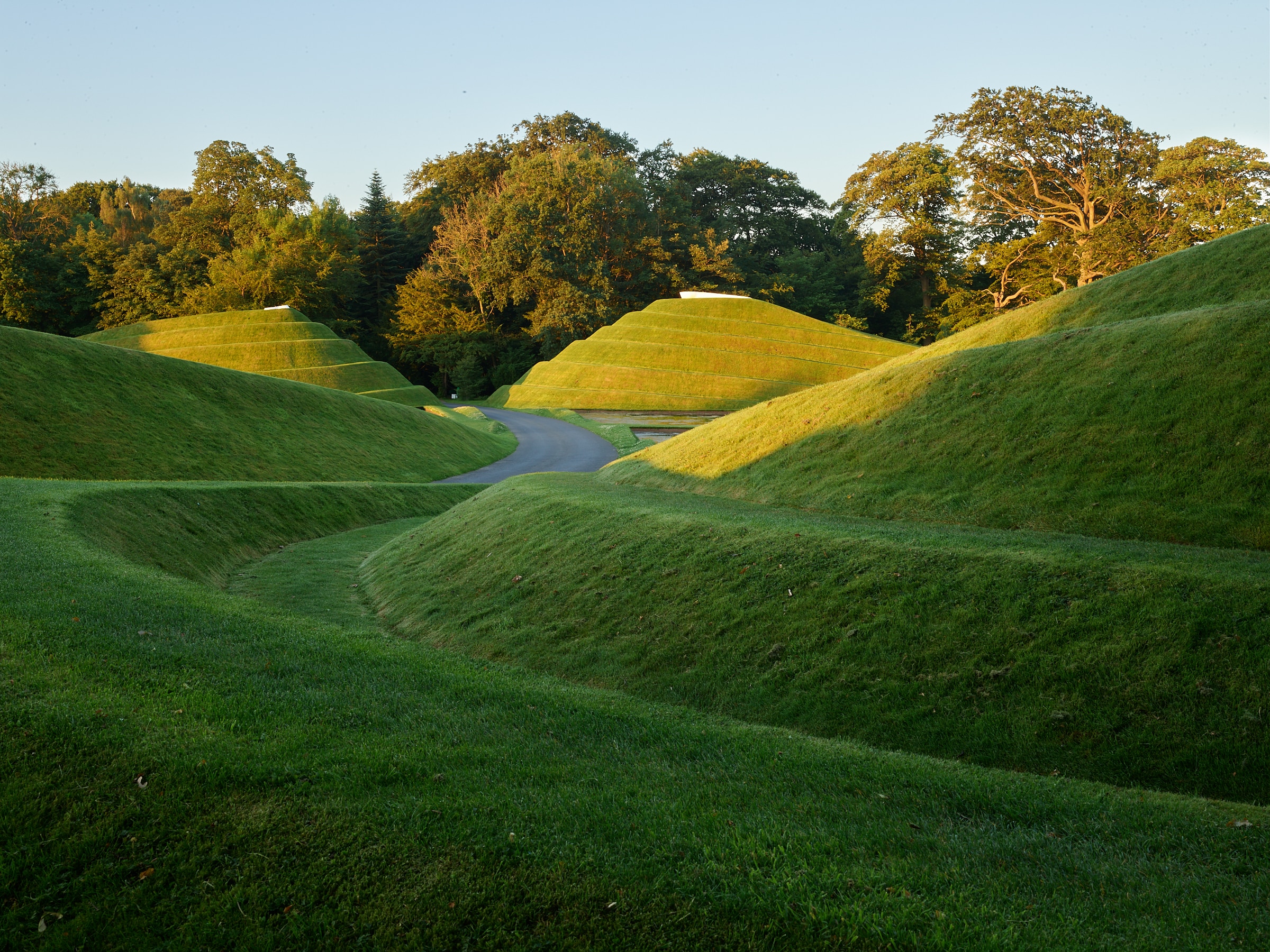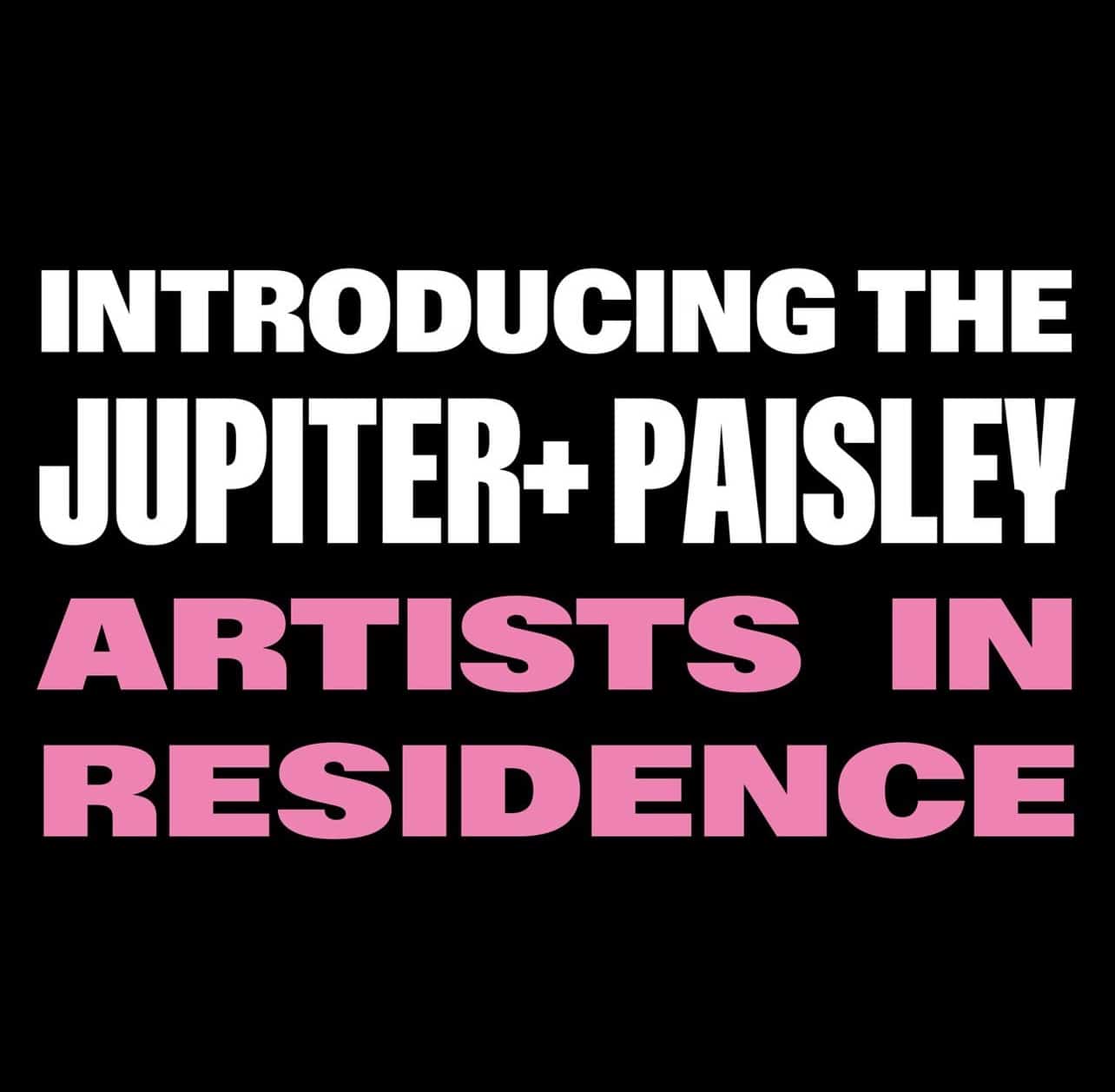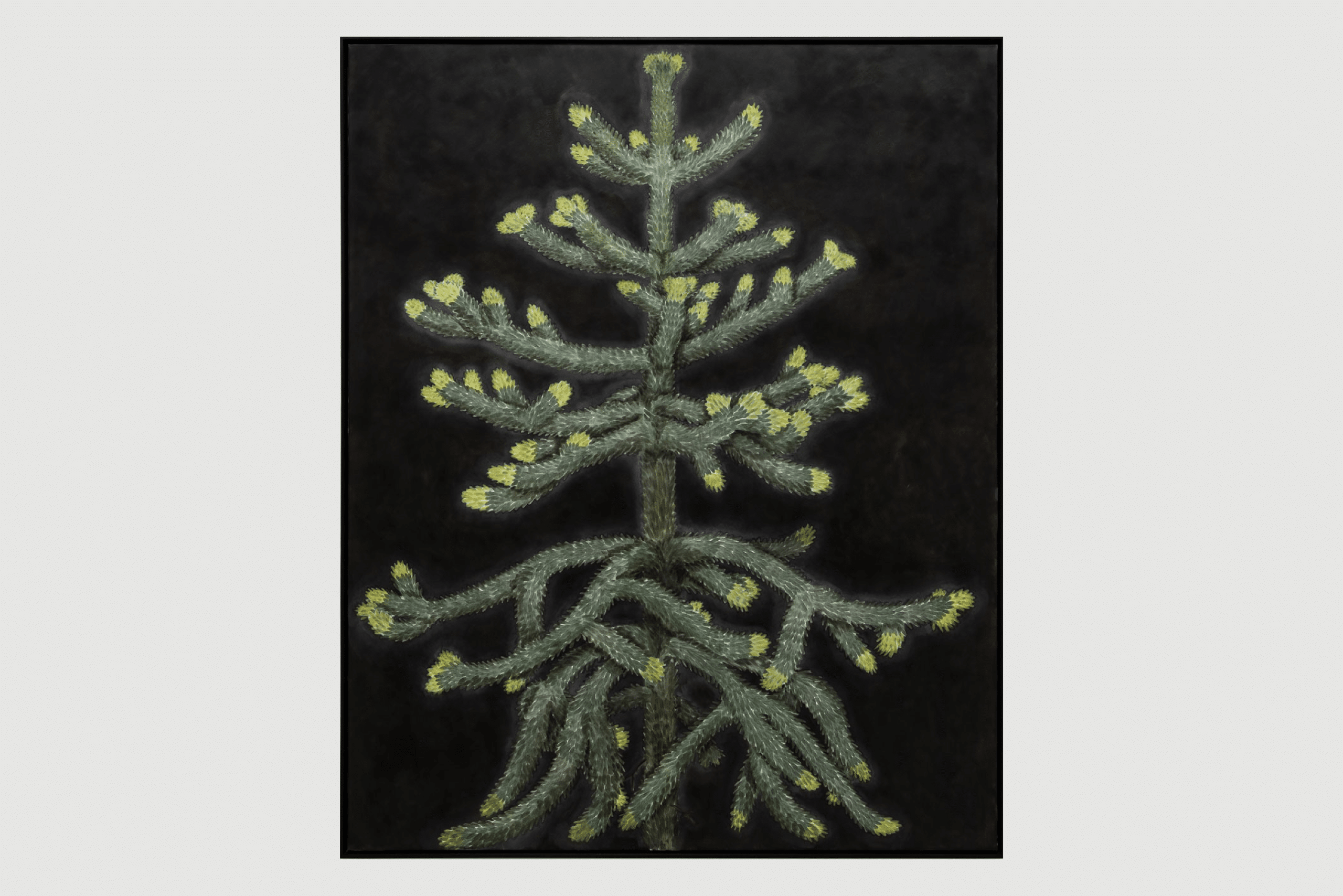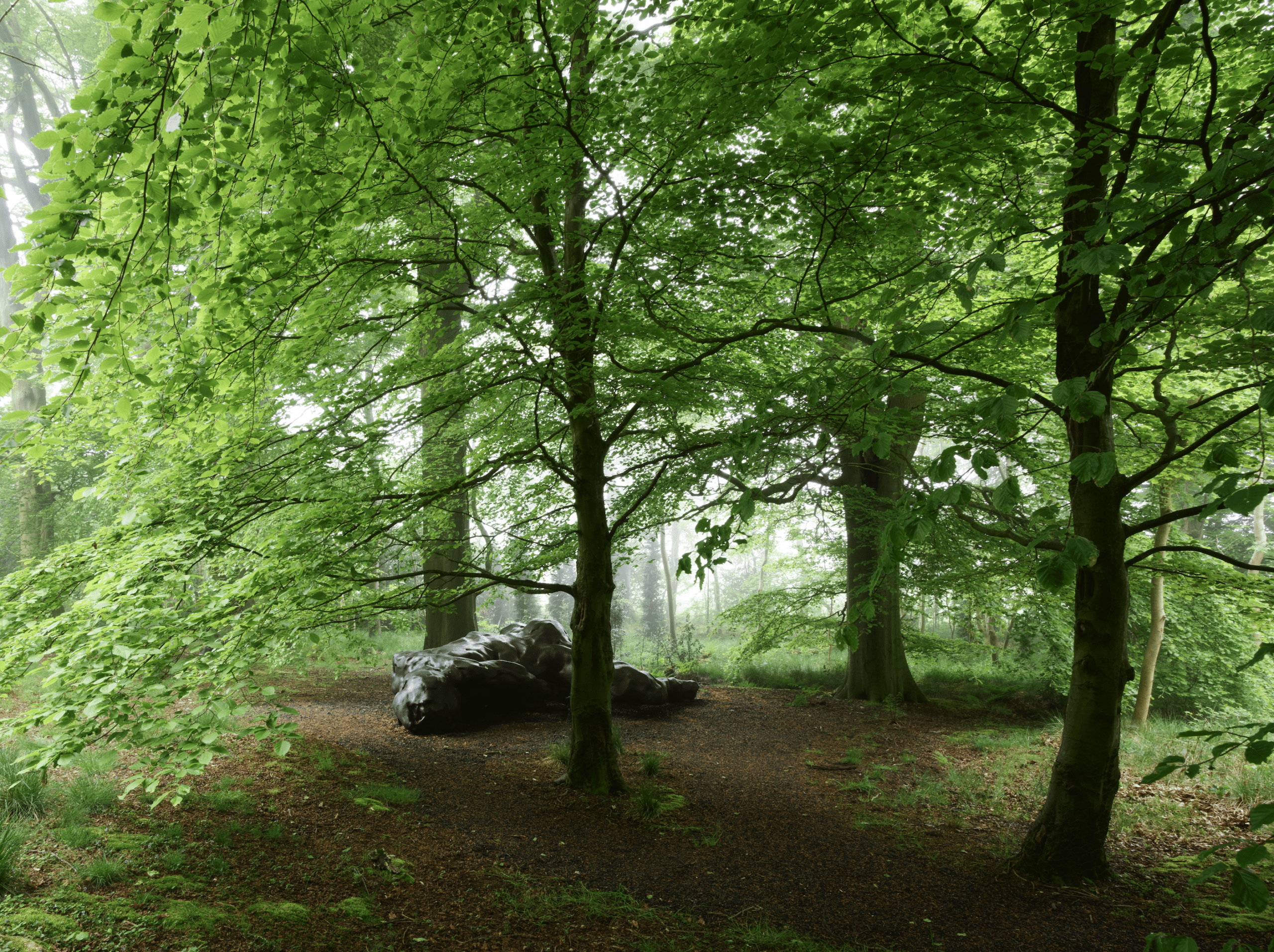About Charles Jencks
Charles Jencks is an architectural theorist, writer and landscape architect. Born in Baltimore, 1939, he studied English Literature at Harvard and later Architectural History in London. He has lectured widely on architecture and the arts around the world and among his books The Language of Post-Modern Architecture (1977 and six later editions) was the first to define this movement in the arts, especially architecture. He has also written numerous other books on contemporary arts and building, including The Iconic Building, the Power of Enigma (Frances Lincoln, 2005), What is Post-Modernism? (fourth edition,1995) and Critical Modernism (Wiley, 2007), a look at where Modernism is going.
His celebrated garden in Scotland is the subject of his book The Garden of Cosmic Speculation (Frances Lincoln, 2003) and in 2004 the Scottish National Gallery of Modern Art, Edinburgh, won the Gulbenkian Prize for Museums for his design, Landform Ueda. His landscape work is inspired by prehistoric landforms as well as more recent themes that are known to underlie nature such as strange attractors, genetic organisation and the fractal geometry of nature. Seeking to base a language of design on the basic units of the universe he has constructed a Black Hole landscape in Beijing Olympic Forest Park, DNA sculpture in Cambridge and Time Garden in Milan. Such ideas are discussed in his Garden of Cosmic Speculation, 2003, a book that explains in detail his Dumfriesshire garden and how it abstracts various underlying laws. These stylisations become a hybrid practise of sculpture, words and gardens he calls landforming. Charles Jencks divides his time between lecturing, writing, and designing in the USA, the UK, and Europe.

